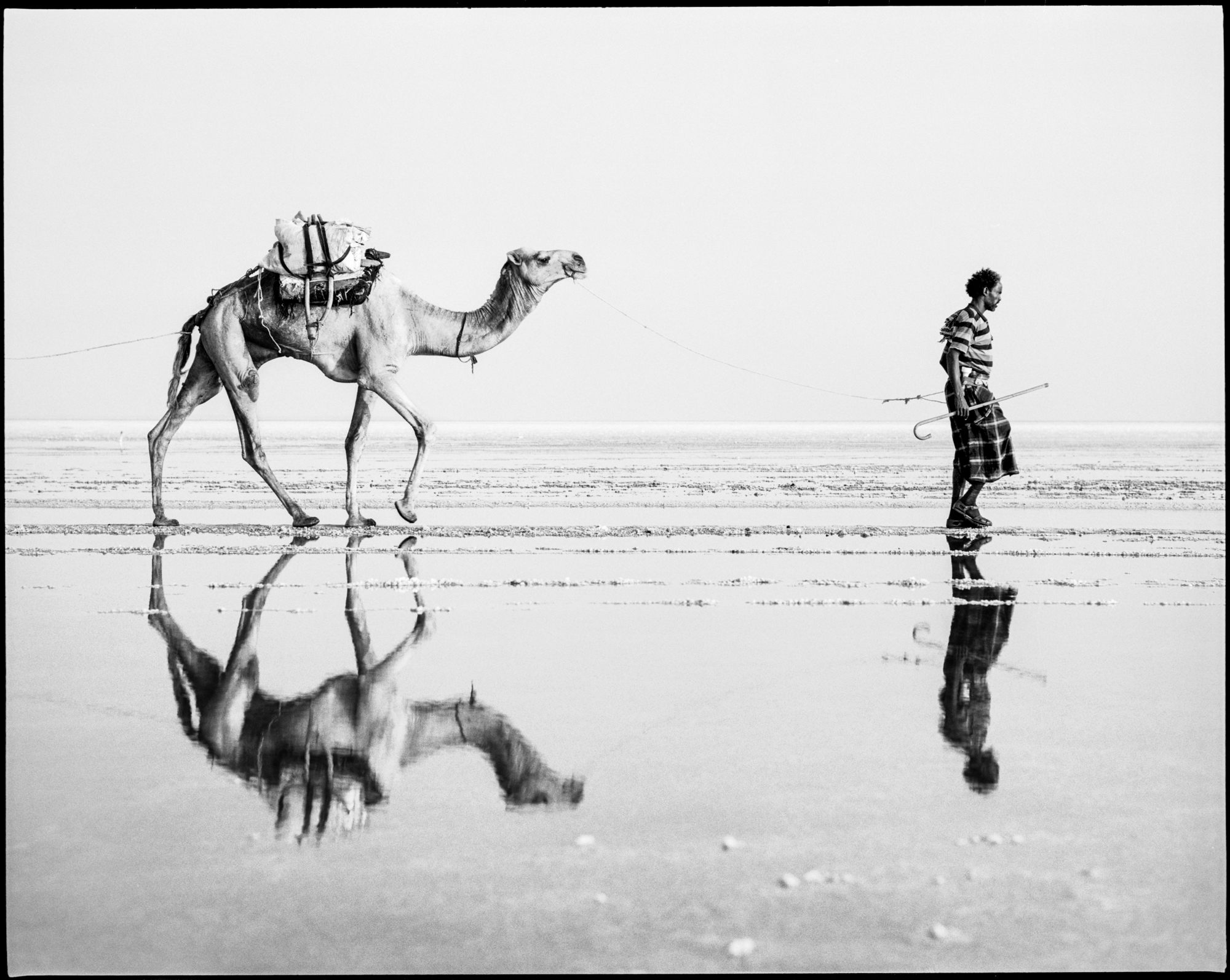Get to Know Film Photography Handbook Author Part 2 September 7, 2016 – Posted in: Photography – Tags: film photo, film photography, film photography handbook, monika andrae
Rocky Nook Q & A with Monika Andrae
A few weeks ago we spoke with Rocky Nook author Chris Marquardt. He told the story of his foray into film photography and the creative path he’s followed ever since. Today, his partner in crime and co-author of The Film Photography Handbook, Monika Andrae, shares her perspective on the topic.
Tell us about yourself and how you got into photography.
I have always felt the urge to create, but as a kid I never felt confident when it came to the various disciplines I dipped my toes into. I tried drawing, but wasn’t any good at it. When I was 10 I started playing the flute, but in the end I was not motivated enough to learn very much beyond the basics.
Things quite literally clicked when I first saw an exhibit of large format prints. Before me I saw beautiful and minimalistic landscapes, and it was in studying those prints that I knew I wanted to get serious with photography. When I was finally able to afford my first (used) SLR, I immediately dove into photography and darkroom work. I have been fascinated by this medium ever since.
What interests you most about film photography?
Do I really have to pick just one thing? There are so many aspects that are worth mentioning.
- I have always been fascinated by the fact that emulsion characters of a certain film brand can vary depending on the developer you use. Both factors have a huge influence on the resulting image, and they open up the enormous creative potential in the process of developing black-and-white film.
- Experimenting with expired color film. I love the sometimes extreme, sometimes subtle changes in the properties of the aging material. Unexpected color shifts or desaturation make those film oldies a grab bag. You never know what to expect. If you are willing to play along and embrace the unpredictable, you might be rewarded with wonderful and sometimes dreamlike pictures.
- The possibility to work in larger formats without having to rob a bank. Medium and large format cameras have always been super expensive and used mostly by professional photographers. That’s not the case with film cameras. Today my favorite camera to travel with, my “point-and-shoot” is my Pentax 6×7 medium format SLR. Once you get to experience the great image quality, sharpness, and tonal range of larger formats, you’ll be hooked.
Where do you find creative inspiration for new projects?
I love to travel. For me, documenting landscapes, people, cultures, and cities always feeds the creative bug in me. During my photo tours or walks, I am usually in a constant battle with my inner critic—unhappy with how I might have framed a scene or thinking that others had a much better position to take the shot (of course!). But that seems to be part of the game and most of the time I arrive at home with a good number of photographs I really love.
Do you have any advice for newcomers to the film photography world?
I’d suggest buying a used 35mm SLR and a cheap roll of film to test the waters in analog photography. If you enjoy playing around and don’t believe that technical precision is everything in creating a great picture, why not?
You could even try one of the many amazing toy cameras that are in the market right now. Low-tech cameras like the Diana or the Holga are wonderful tools to just concentrate on the imagery of the picture. Focus on what you see, not on technology. if you are lucky, decorative light leaks might spice up your shots.
Do you have a favorite location or event you’ve photographed?
There are, of course, locations that speak to me more than others do—but the real magic happens if the combination of location and camera is just about right.
Last summer I shot a series of pictures with my large format pinhole camera, documenting the decay of an old tire factory. The atmosphere of that place was best captured with a camera as simple and reduced as possible. Exposure times between 10 seconds and 6 minutes help viewers visualize more than just one moment in time. Sharp edges disappear and some of the scenes are of an almost painterly quality.
If you could spend a day with any photographer who would it be? Why?
Susan Burnstine. Her work just amazes me. She has built more than twenty hand-made film cameras and lenses from household objects and vintage camera parts. Her body of work, where she portrays the fading memory of her (often very dark) dreams and nightmares, is an excellent example what (technical) limitations of your equipment—even extensive ones—can do to your creative process and outcome. It is nothing that you have to overcome, it is something you can embrace and work with to make it an integral part of your visual language.
(http://www.susanburnstine.com/)
What can we expect next from Monika Andrae?
I am currently working on my next book, focusing (even) more on the creative aspects of photography. A third book is in planning. There might even be another exhibition on the horizon—let’s see what the future holds.
In the meantime, you can check out The Film Photography Handbook!
Keep scrolling for a collection of Monika’s film photos, shot using expired film and pinhole cameras…
[AdditionalImages]

